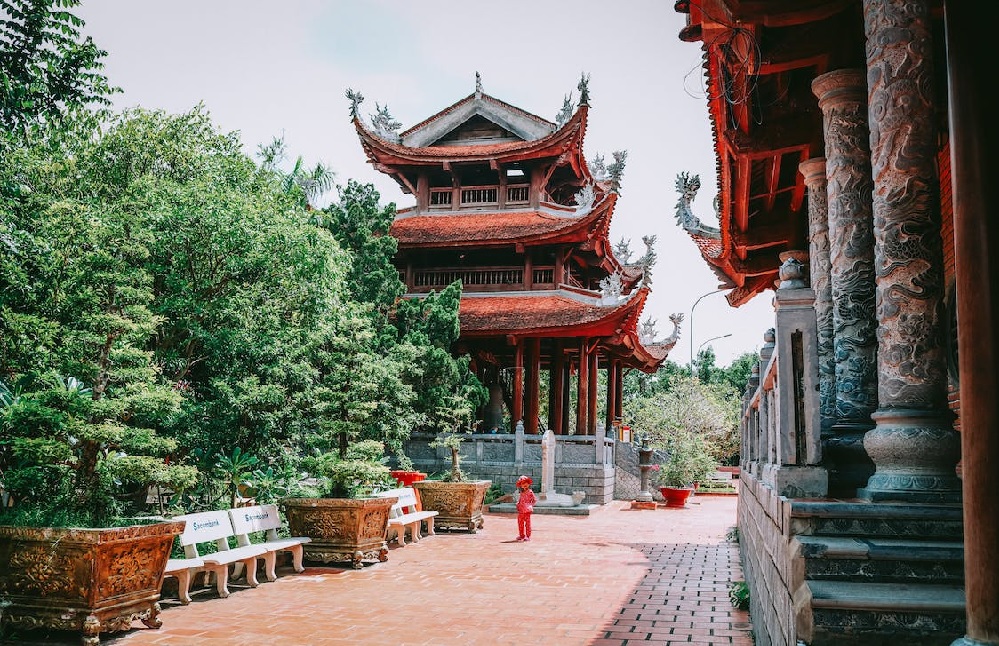The Rich Heritage of Vietnam: A Tapestry of Culture and History
Introduction:
Vietnam, a country nestled in Southeast Asia, boasts a heritage that is as diverse as it is ancient. This essay delves into the multifaceted heritage of Vietnam, tracing its historical, cultural, and architectural tapestry that has been woven over millennia. From ancient traditions to modern influences, Vietnam’s heritage is a reflection of its people’s resilience, creativity, and profound connection to their roots.
Historical Heritage:
- Civilizations and Dynasties: Vietnam’s history is marked by successive dynasties, each leaving a unique imprint on the country’s culture and architecture.
- Colonial Period: French colonial influence has shaped Vietnam’s urban planning, architecture, and even cuisine.
- Wars and Resilience: Vietnam’s struggle for independence against foreign powers has shaped its national identity.
Cultural Heritage:
- Folk Traditions: Time-honored practices like Tet (Lunar New Year) celebrations and Mid-Autumn Festival reflect cultural continuity.
- Literature and Arts: Vietnamese literature, music, dance, and theater showcase the nation’s creativity and artistic expression.
- Cuisine: Vietnamese cuisine, characterized by fresh ingredients and nuanced flavors, is a culinary heritage recognized worldwide.
Architectural Heritage:
- Ancient Temples and Pagodas: Structures like the One Pillar Pagoda and Tran Quoc Pagoda embody spiritual devotion and architectural splendor.
- Imperial Citadel: The UNESCO-listed Hue Imperial City stands as a testament to Vietnam’s imperial past.
- Hoi An Ancient Town: This well-preserved trading port features a fusion of architectural styles from various cultures.
Natural Heritage:
- Ha Long Bay: A UNESCO World Heritage Site, Ha Long Bay’s stunning limestone formations attract visitors from around the globe.
- Phong Nha-Ke Bang National Park: Home to remarkable caves and diverse ecosystems, this park is a treasure trove of biodiversity.
Modern Influences and Challenges:
- Globalization: Modernization has brought technological advancements while also impacting traditional ways of life.
- Urbanization: Rapid urban growth presents challenges in preserving cultural and architectural heritage.
Efforts in Preservation:
- UNESCO Recognition: Several sites, including My Son Sanctuary and Hoi An Ancient Town, have received UNESCO World Heritage status.
- Cultural Education: Initiatives to promote traditional arts, crafts, and practices ensure their continuity.
Tourism and Heritage Conservation:
- Positive Impact: Tourism boosts the economy and raises awareness about heritage preservation.
- Sustainable Practices: Balancing tourism with sustainable conservation is crucial to avoid over-tourism.
Conclusion:
Vietnam’s heritage is a treasure trove that encapsulates its history, culture, and identity. From ancient dynasties to modern influences, its diverse heritage is a testament to the resilience and adaptability of its people. As Vietnam navigates the challenges of the modern world, a balanced approach to preservation, education, and sustainable tourism can ensure that this rich heritage continues to thrive, serving as a source of pride and inspiration for generations to come.

